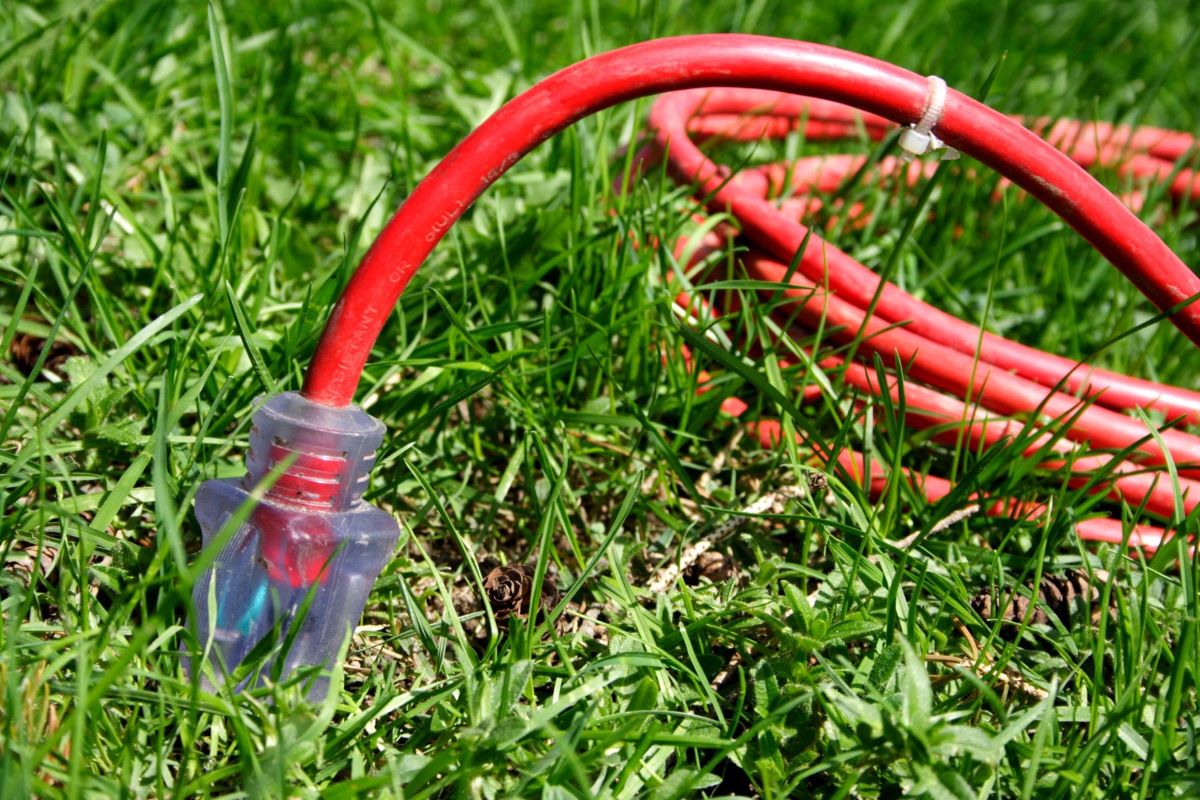

Articles
What Type Of Electrical Cord To Bury
Modified: January 6, 2024
Discover the best articles on what type of electrical cord to bury. Get expert advice and guidance on burying electrical cords safely and efficiently.
(Many of the links in this article redirect to a specific reviewed product. Your purchase of these products through affiliate links helps to generate commission for Storables.com, at no extra cost. Learn more)
Introduction
When it comes to outdoor electrical installations or connecting power sources to remote areas, burying electrical cords is often a common practice. Whether you are setting up a new outdoor lighting system, installing a sprinkler system, or powering a shed or garage, burying electrical cords can provide a safe and aesthetically pleasing solution. However, choosing the right type of electrical cord to bury is crucial to ensure the safety and performance of your electrical system.
In this article, we will discuss the factors you need to consider before burying electrical cords and explore the different types of cords that are suitable for burial. Additionally, we will provide installation guidelines to ensure a proper and secure installation process.
Before diving into the types of cords, let’s first understand the key factors to consider before burying electrical cords.
Key Takeaways:
- Selecting the right type of electrical cord for burial is crucial for safety and performance. Consider environmental factors, burial depth, and future access needs before making a decision.
- Direct burial cables and UF cables are specifically designed for burial and offer excellent durability and weather resistance. Always follow proper installation guidelines and consult with a professional electrician for a safe and reliable buried electrical system.
Read more: How To Bury An Extension Cord
Factors to Consider Before Burying Electrical Cords
Burying electrical cords requires careful planning and consideration to ensure the safety and functionality of your electrical system. Before embarking on the installation process, consider the following factors:
- Environmental Factors: Evaluate the environmental conditions in which the buried electrical cords will be exposed. Factors such as soil type, moisture levels, temperature variations, and exposure to sunlight can affect the performance and longevity of the cords. For example, if you live in an area with heavy rainfall, you need to choose cords that are specifically designed to withstand moisture and prevent water ingress.
- Electrical Load: Assess the electrical load that the buried cords will be subjected to. It is crucial to determine the maximum amperage or wattage requirements of the electrical devices or systems you will be powering. This will help you choose cords with the appropriate gauge and capacity to handle the electrical load safely and efficiently.
- Depth of Burial: Determine the recommended depth at which the electrical cords need to be buried. Different types of cords have specific burial depth requirements to ensure protection against accidental damage or disruption. Factors such as the potential for digging or landscaping activities in the area should also be considered.
- Permits and Codes: Check with your local authorities and familiarize yourself with any permits or electrical codes that govern buried electrical installations. Compliance with these regulations is essential to ensure the safety of your installation and to avoid any potential legal or insurance issues.
- Future Access and Maintenance: Consider any future access or maintenance requirements. If there is a possibility that you may need to access or repair the buried cords in the future, you may want to opt for a conduit system that allows for easier retrieval or replacement of the cords.
- Budget: Evaluate the cost implications of the different types of electrical cords suitable for burial. While high-quality cords may come at a higher price, they often offer better durability and long-term performance. Consider your budget constraints and choose cords that offer a balance between cost-effectiveness and reliability.
By carefully considering these factors, you can make an informed decision about the type of electrical cord that is best suited for burying in your specific application. Now that we have explored the factors to consider, let’s delve into the different types of electrical cords suitable for burial.
Types of Electrical Cords Suitable for Burying
When it comes to burying electrical cords, there are several types of cords that have been specifically designed and approved for this purpose. Each type has its own advantages and considerations. Let’s explore the different types:
- Outdoor Extension Cords: Outdoor extension cords are a common choice for temporary outdoor installations where the cords need to be buried. These cords are typically made with durable materials and have adequate insulation to withstand outdoor conditions. However, they are not designed for permanent burial and may have limitations in terms of depth and durability.
- Direct Burial Cables: Direct burial cables, sometimes called underground feeder (UF) cables, are designed specifically for burying directly in the ground. They have a protective outer jacket that is resistant to moisture, sunlight, and chemicals. UF cables are suitable for both residential and commercial applications and can be buried at recommended depths. These cables are often used for long-term installations such as powering outdoor lighting systems or connecting remote structures like garages.
- UF Cables: UF cables, as mentioned above, are a type of direct burial cable. They are specifically designed for underground use and are suitable for burying directly in the ground without the need for additional conduit. UF cables have a sturdy insulation jacket that protects the conductors from moisture and mechanical damage. They are commonly used for supplying power to outdoor outlets or connecting buried electrical systems.
- Conduit System: A conduit system involves using electrical conduits, which are pipes or tubes made of metal or non-metallic materials, to protect and encase the electrical wires. This system provides added protection and makes it easier to replace or add new wires in the future. The conduit can be buried underground, and the electrical wires run inside, ensuring less susceptibility to damage from external factors. This method is often preferred for permanent installations where future access or modifications may be required.
When selecting the right type of electrical cord for burial, consider factors such as the installation duration, desired depth of burial, environmental conditions, and future maintenance requirements. Consulting with a professional electrician can also provide valuable guidance in choosing the most suitable option for your specific needs.
Now that we have explored the different types of electrical cords suitable for burying, let’s move on to installation guidelines to ensure a safe and secure installation process.
Outdoor Extension Cords
Outdoor extension cords are a convenient option for temporary electrical needs in outdoor spaces. They are designed to be weather-resistant and can withstand exposure to elements such as rain, UV rays, and extreme temperatures. While they may not be specifically intended for burial, they can be used in certain situations where a temporary buried extension cord is required.
One important thing to note is that outdoor extension cords should never be permanently buried. They are not designed with the same protective features as direct burial cables or UF cables. Burial of outdoor extension cords can lead to potential safety hazards and damage to the cords.
If you need to use an outdoor extension cord in a buried application, it should only be done as a temporary solution. The cord should be buried at a shallow depth, ensuring it is easily accessible for removal or replacement. Placing the cord inside conduit or pipes can provide added protection and prevent accidental damage during the burial process.
When using outdoor extension cords for temporary buried applications, it is essential to follow these guidelines:
- Quality and Durability: Choose high-quality outdoor extension cords specifically designed for outdoor use. Look for cords with heavy-duty insulation and thick jacketing to withstand outdoor conditions.
- Proper Gauge: Ensure the extension cord has an appropriate gauge for the electrical load you will be powering. Using a cord with a gauge that is too small can lead to overheating and potential fire hazards.
- Shallow Burial Depth: Bury the extension cord at a shallow depth, ensuring it is easily accessible for maintenance or removal. A depth of no more than a few inches is recommended.
- Extra Protection: If possible, place the extension cord inside conduit or pipes to provide additional protection against accidental damage during the burial process.
- Regular Inspection: Periodically inspect the buried extension cord for any signs of damage, wear, or exposure. Replace the cord immediately if any issues are detected.
Remember, outdoor extension cords should only be used for temporary applications and should never be permanently buried. For long-term or permanent installations, it is recommended to use direct burial cables or UF cables that are specifically designed and approved for burial.
Now let’s move on to the next type of electrical cord suitable for burial: Direct Burial Cables.
Direct Burial Cables
Direct burial cables, also known as underground feeder (UF) cables, are specifically designed for burying directly in the ground. They are a reliable and durable option for long-term outdoor electrical installations. These cables have a protective outer jacket that is resistant to moisture, sunlight, and chemicals, making them suitable for burial in various environments.
Direct burial cables offer several advantages over outdoor extension cords. They provide better protection for the electrical conductors, ensuring long-term performance and minimizing the risk of damage. Unlike extension cords, direct burial cables are specifically designed for burial and can be safely buried at recommended depths.
Here are some key features and considerations of direct burial cables:
- Weather Resistance: Direct burial cables have a weather-resistant outer jacket that provides protection against moisture, sunlight, and chemicals. This feature ensures reliable performance and prevents degradation over time.
- Burial Depth: Direct burial cables must be buried at the recommended depth to protect them from accidental damage and ensure compliance with electrical codes. The depth requirement may vary depending on the application and local regulations, so it is important to consult with a professional electrician or check local codes for specific guidelines.
- Multiple Conductors: Direct burial cables typically have multiple conductors within the same cable, allowing for the simultaneous transmission of power and other signals. This makes them suitable for a wide range of applications, such as landscape lighting, underground power distribution, and irrigation systems.
- Longevity: The durable construction of direct burial cables ensures their long-term performance. They are designed to withstand the rigors of being buried underground, providing reliable power transmission for years to come.
- Professional Installation: Due to the specific requirements and regulations associated with direct burial cables, it is recommended to have them installed by a licensed electrician who is familiar with the proper installation techniques and adherence to electrical codes.
Direct burial cables offer a convenient and reliable solution for permanent outdoor electrical installations. Their weather resistance and durability make them suitable for a wide range of applications where burying electrical cords is necessary. However, it is important to ensure proper installation and adherence to local codes to guarantee a safe and efficient electrical system.
Next, we will explore another type of electrical cord suitable for burial: UF cables.
When burying electrical cords, use a direct burial rated cable specifically designed for underground use. This type of cable is insulated and protected to prevent damage from moisture and soil.
Read more: What Type Of Electrical Cord Has Copper Wire
UF Cables
UF cables, also known as underground feeder cables, are specifically designed for underground use and are suitable for burying directly in the ground. They offer a reliable and long-lasting solution for outdoor electrical installations where burying electrical cords is necessary. UF cables are widely used for supplying power to outdoor outlets, connecting buried electrical systems, and powering various outdoor equipment.
Here are some key features and considerations of UF cables:
- Insulation: UF cables have a sturdy insulation jacket that protects the conductors from moisture and mechanical damage. This insulation is essential for preventing water ingress, which can cause electrical malfunctions or safety hazards.
- Direct Burial: UF cables are specifically designed for direct burial. They can be safely buried underground without the need for additional conduits or piping. This makes the installation process more streamlined and cost-effective.
- Weather Resistance: UF cables are designed to withstand exposure to a variety of weather conditions, such as rain, sunlight, and temperature variations. The outer jacket provides excellent resistance to moisture, UV rays, and other environmental factors.
- Burial Depth: UF cables must be buried at the recommended depth to ensure proper protection and compliance with electrical codes. The burial depth requirement may vary depending on the application and local regulations, so it is important to consult with a professional electrician or refer to the specific guidelines specified in local codes.
- Multiple Conductors: UF cables typically have multiple conductors within the same cable, allowing for the transmission of power and other signals simultaneously. This makes them suitable for a wide range of applications, including landscape lighting, outdoor lighting systems, and underground power distribution.
- Professional Installation: Like any other electrical installation, it is recommended to have UF cables installed by a licensed electrician who is knowledgeable about the proper installation techniques and adherence to electrical codes. This ensures a safe and compliant electrical system.
UF cables provide a reliable and convenient solution for burying electrical cords in outdoor applications. They offer excellent protection against environmental factors and are designed for long-term performance. However, it is important to adhere to proper installation guidelines and consult with a professional electrician for specific recommendations based on your project requirements and local codes.
Next, let’s explore the Conduit System as another option for burying electrical cords.
Conduit System
The conduit system is an alternative method for burying electrical cords that provides added protection and flexibility. A conduit is a pipe or tube made of metal or non-metallic materials that encases the electrical wires, providing a physical barrier and preventing direct contact with the surrounding soil. This system is commonly used for permanent outdoor electrical installations where future access or modifications may be required.
Here are some key features and considerations of the conduit system:
- Protection: The primary purpose of the conduit system is to protect the electrical wires from moisture, physical damage, and other external factors. The conduit provides an additional layer of insulation and safeguards against accidental digging or pressure from above-ground activities.
- Flexibility: The conduit system offers flexibility in terms of cable placement and future modifications. It allows for easy replacement or addition of wires within the conduit, making it suitable for applications where future access or expansion may be required.
- Variety of Materials: Conduits are available in various materials, including metal (such as galvanized steel or aluminum) and non-metallic options like PVC (polyvinyl chloride). The choice of conduit material depends on factors such as the application, environment, and specific electrical codes in your area.
- Burial Depth: The burial depth requirement for conduit systems varies based on local electrical codes and the specific type of conduit being used. It is important to consult with a professional electrician or refer to local codes for the recommended burial depth and installation guidelines.
- Professional Installation: Installing a conduit system requires knowledge of proper techniques and compliance with electrical codes. It is recommended to hire a licensed electrician who can ensure a safe and compliant installation.
The conduit system offers a secure and adaptable solution for burying electrical cords. It provides enhanced protection for the wires and allows for future access or modifications. Additionally, using a conduit system can make it easier to comply with local electrical codes and regulations.
When considering the conduit system, keep in mind that its installation may require additional time, effort, and cost compared to other types of buried cords. However, the benefits of added protection and flexibility make it a popular choice for long-term outdoor electrical installations.
Now that we have explored the different types of electrical cords suitable for burial and their key features, let’s move on to the installation guidelines to ensure a safe and secure burial process.
Installation Guidelines for Burying Electrical Cords
Proper installation of buried electrical cords is essential to ensure safety, compliance with electrical codes, and optimal performance of your electrical system. Here are some guidelines to follow when burying electrical cords:
- Plan the Installation: Before beginning the installation process, carefully plan the placement of the electrical cords. Consider factors such as the location of power sources, the path of the cords, and any potential future access or modifications that may be required.
- Check Local Codes and Permits: Familiarize yourself with the electrical codes and regulations specific to your area. Ensure that you have obtained any necessary permits for burying electrical cords.
- Choose the Appropriate Cord: Select the correct type of cord suitable for burial based on your specific needs, environmental factors, and electrical load requirements. Refer to the previous sections of this article for guidance on different types of electrical cords.
- Determine the Burial Depth: Consult local electrical codes or a professional electrician to determine the recommended burial depth for the chosen type of cord. This will help protect the cords from accidental damage and ensure compliance with safety regulations.
- Prepare the Trench: Dig a trench of the appropriate depth and width to accommodate the electrical cords. The width of the trench should allow for proper placement and separation of cords, as well as any necessary conduit or piping if applicable.
- Install the Cords: Carefully place the electrical cords into the trench, ensuring they are properly oriented and positioned. Follow the recommended guidelines for the specific type of cord being used, such as burying the cords at the correct depth and maintaining the recommended spacing between multiple cords.
- Protective Measures: Take additional protective measures as necessary. For example, if using outdoor extension cords, consider placing them inside conduit or pipes to provide additional protection against accidental damage.
- Backfill and Compact: Once the cords are properly installed, carefully backfill the trench with soil, ensuring that the cords are well-covered and protected. Use a compactor or tamper to compact the soil gently, ensuring there are no voids or air pockets around the cords.
- Mark the Location: Clearly mark the location of the buried electrical cords using stakes or markers to avoid accidental digging or damage in the future.
- Regular Inspection and Maintenance: Periodically inspect the buried electrical cords for any signs of damage, wear, or exposure. Additionally, perform routine maintenance tasks such as removing any debris that may accumulate around the cords and ensuring that the cords remain properly buried.
It is important to note that the installation process may require the expertise of a licensed electrician, especially when dealing with complex electrical systems or when specific electrical codes need to be followed. A professional electrician can provide guidance, ensure proper installation, and ensure compliance with local regulations.
By following these installation guidelines, you can ensure a safe and reliable buried electrical system and enjoy the benefits of a well-functioning outdoor electrical installation.
Now, let’s conclude the article.
Conclusion
When it comes to burying electrical cords, selecting the right type of cord is crucial to ensure safety, compliance with electrical codes, and optimal performance. In this article, we explored various types of electrical cords suitable for burial, including outdoor extension cords, direct burial cables, UF cables, and the conduit system.
Outdoor extension cords provide a convenient temporary solution for buried applications but should never be permanently buried. Direct burial cables and UF cables are specifically designed for burial and offer excellent durability and weather resistance. The conduit system provides added protection and flexibility, making it suitable for long-term installations where future access or modifications may be required.
Before burying electrical cords, it is important to consider factors such as environmental conditions, electrical load requirements, burial depth, permits, future access, and budget. By carefully assessing these factors, you can make an informed decision on the most suitable type of cord for your specific application.
During the installation process, it is crucial to follow proper guidelines, consult local electrical codes, and, if needed, seek the assistance of a licensed electrician. Planning the installation, preparing the trench, choosing the appropriate cord, and ensuring proper burial depth are all crucial steps. Regular inspection and maintenance of the buried cords will help ensure their longevity and optimal performance over time.
Remember, safety should always be a priority when working with electrical installations. If you are unsure about any aspect of burying electrical cords, it is best to consult with a professional electrician who can guide you through the process and ensure compliance with local regulations.
By following the guidelines and selecting the right type of cord for burial, you can create a safe, reliable, and visually appealing outdoor electrical system. Enjoy the benefits of a well-functioning electrical system while maintaining the beauty and functionality of your outdoor space.
Frequently Asked Questions about What Type Of Electrical Cord To Bury
Was this page helpful?
At Storables.com, we guarantee accurate and reliable information. Our content, validated by Expert Board Contributors, is crafted following stringent Editorial Policies. We're committed to providing you with well-researched, expert-backed insights for all your informational needs.
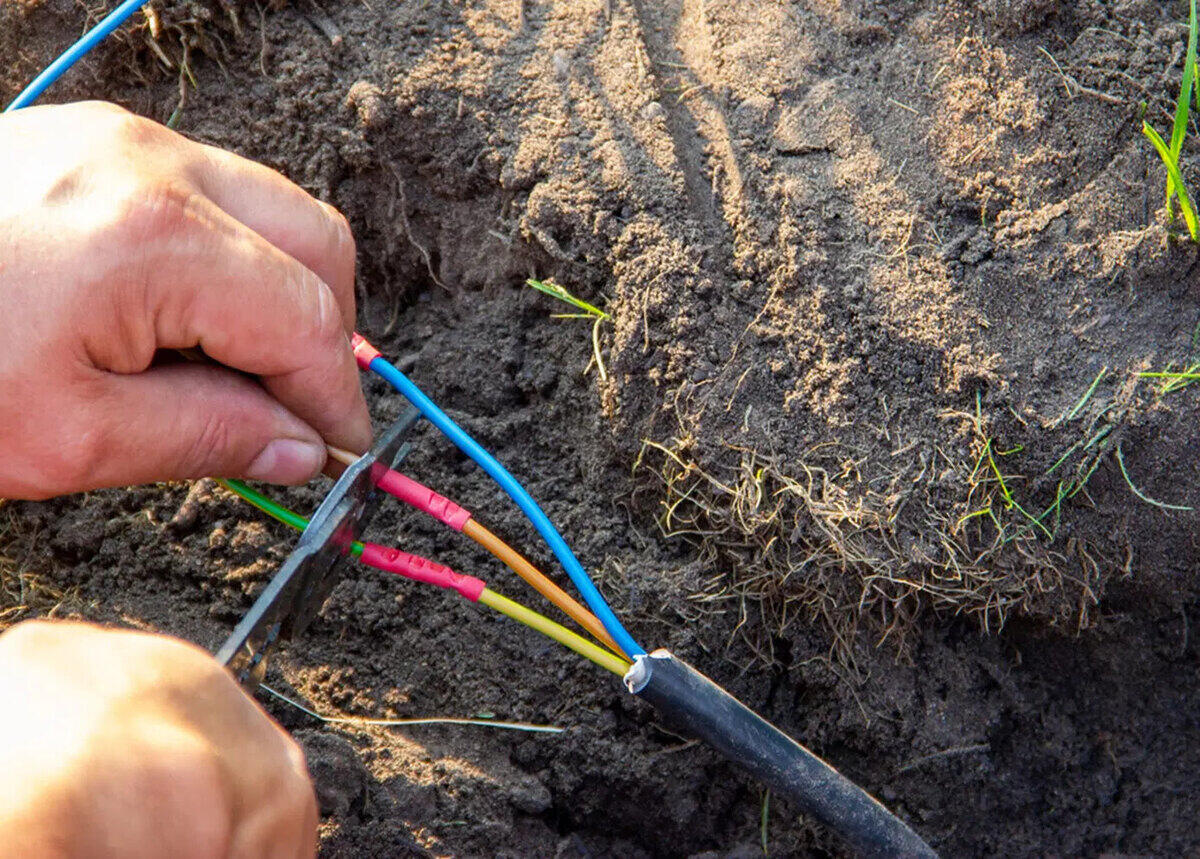
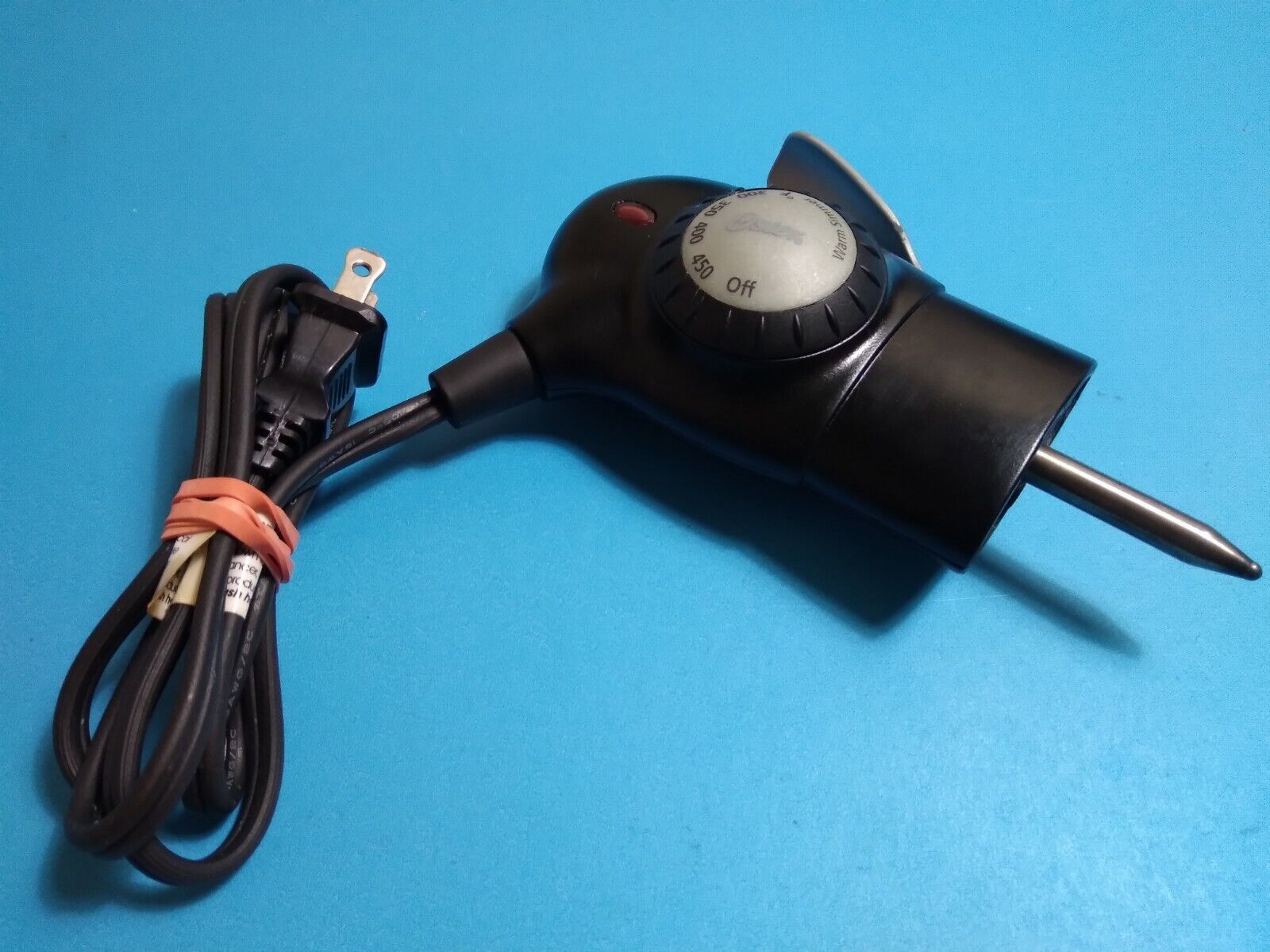
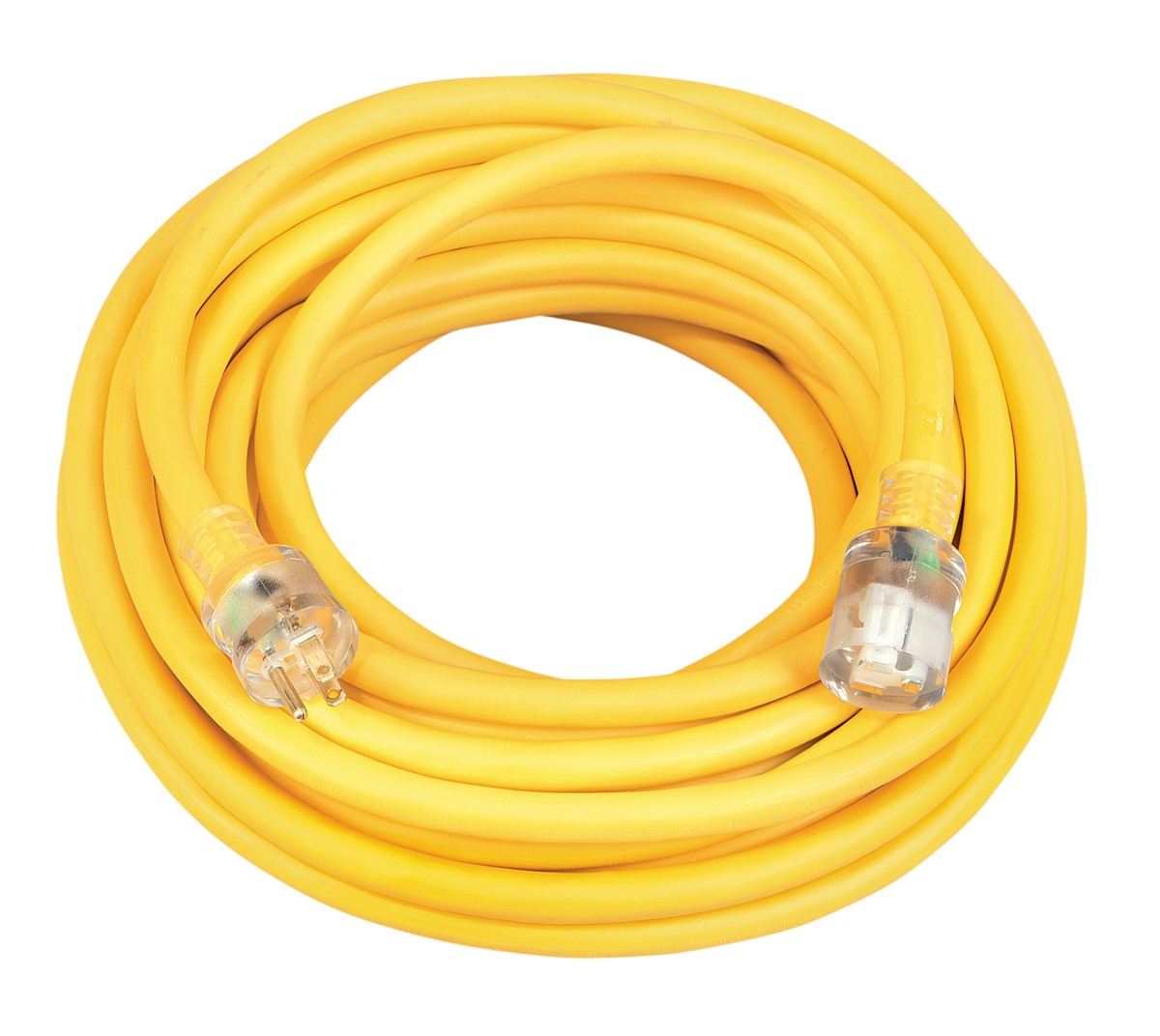
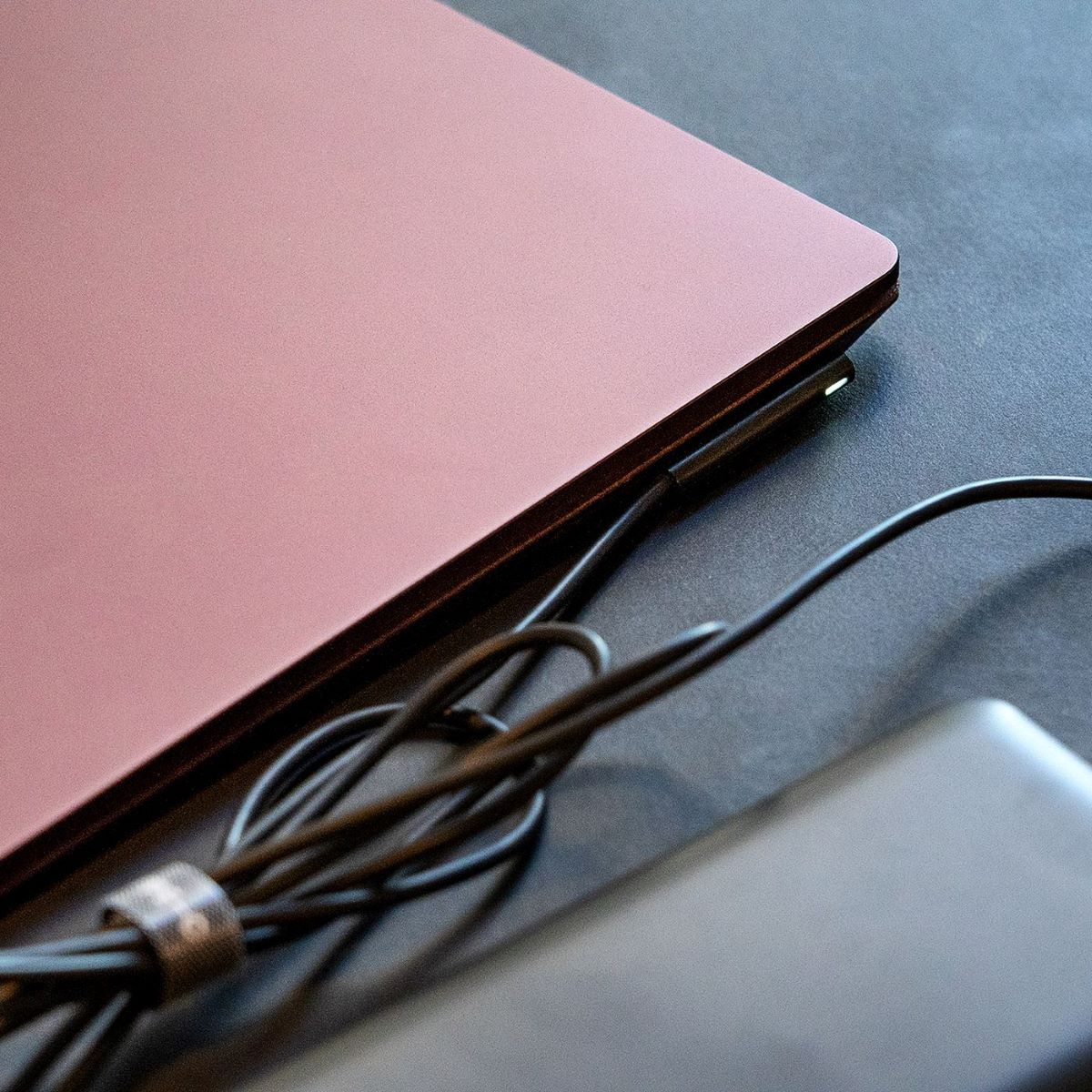
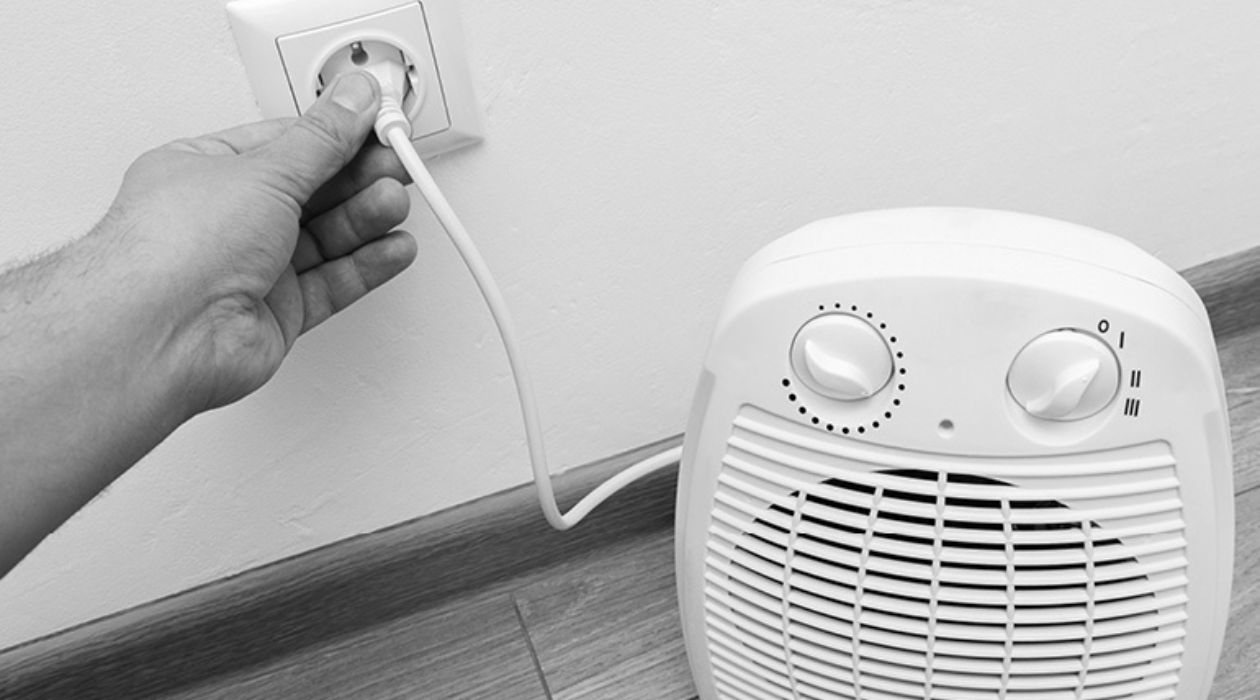
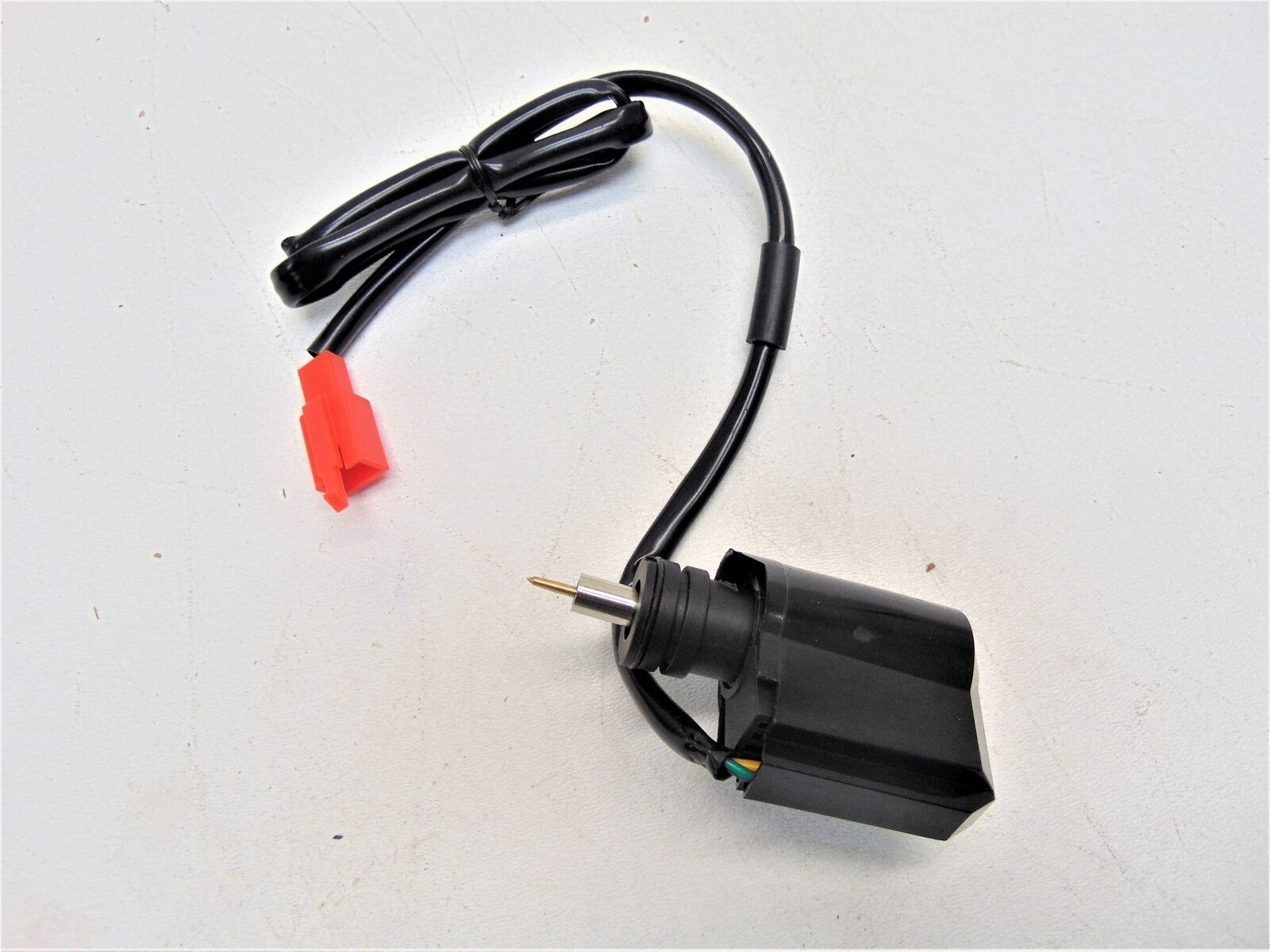
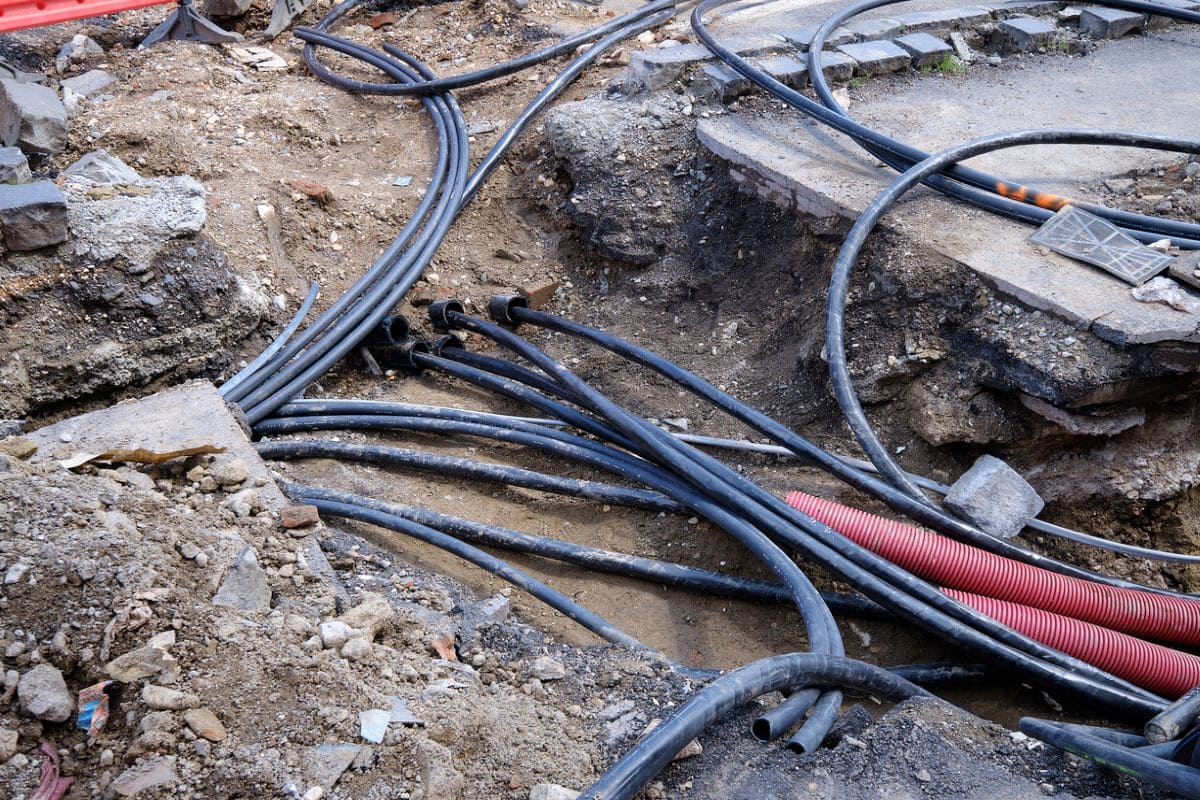
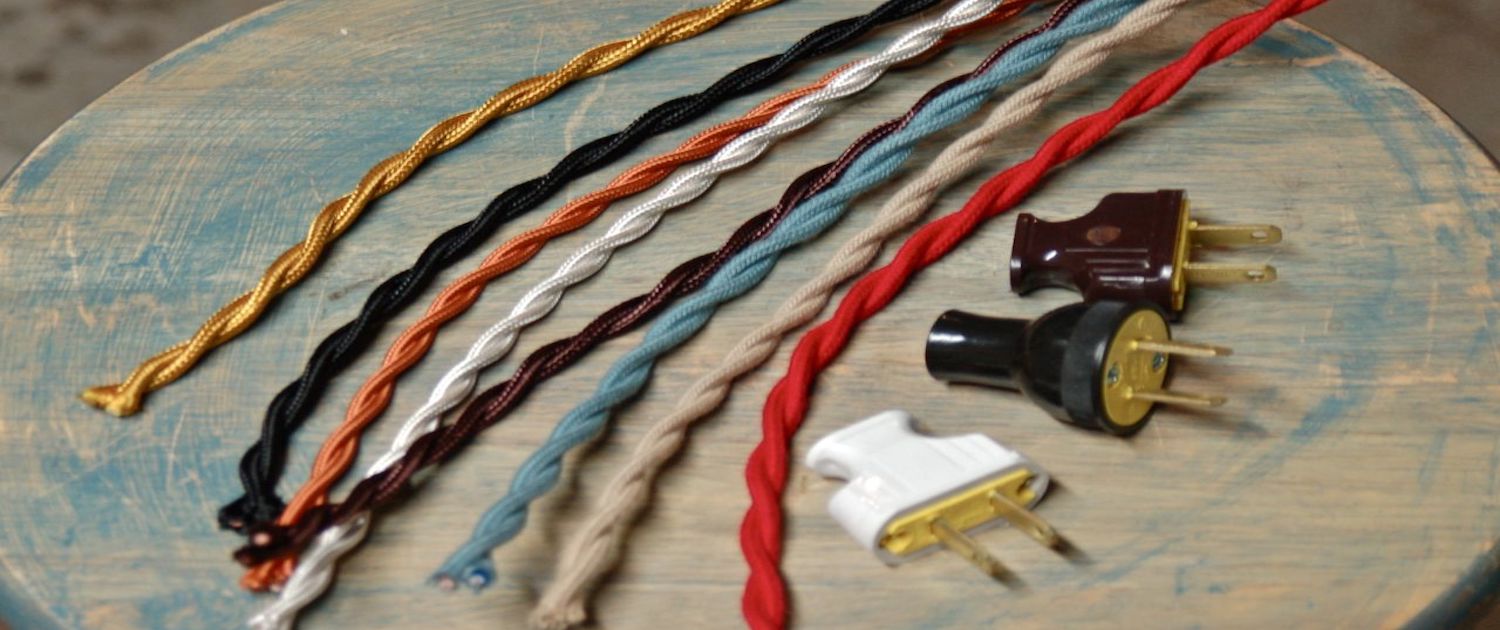
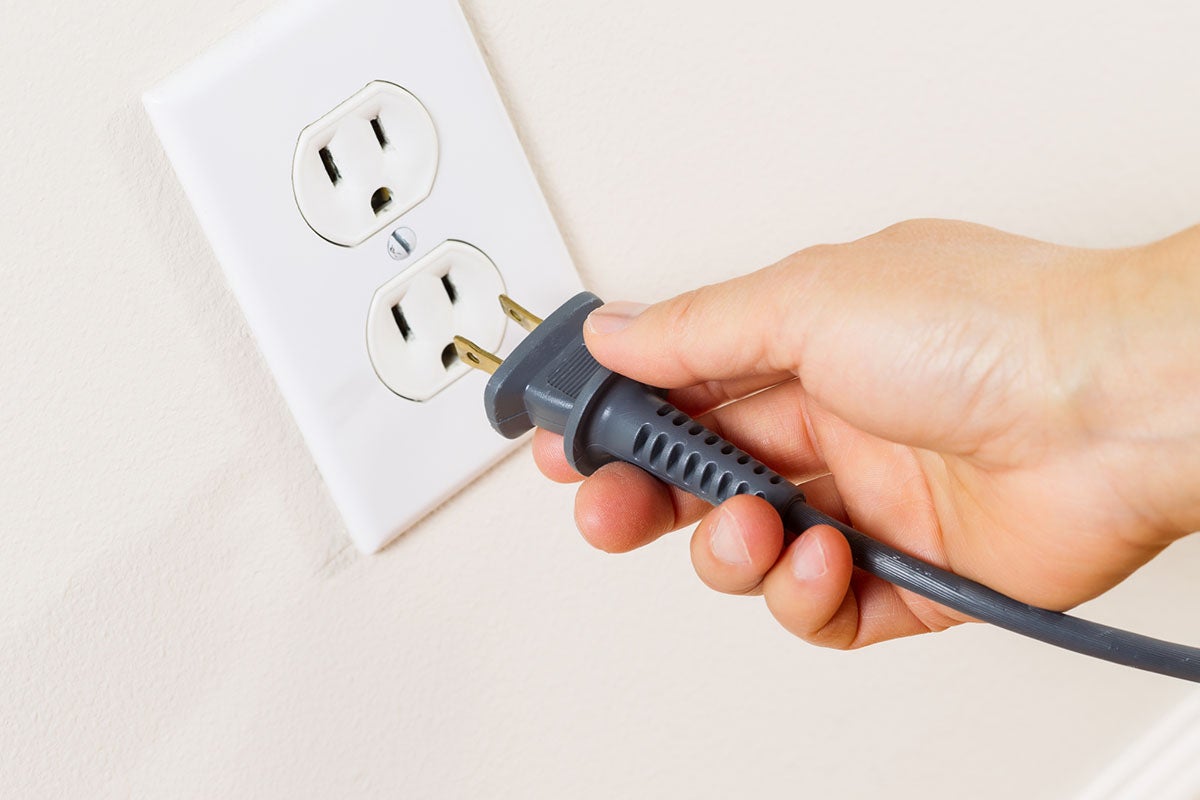
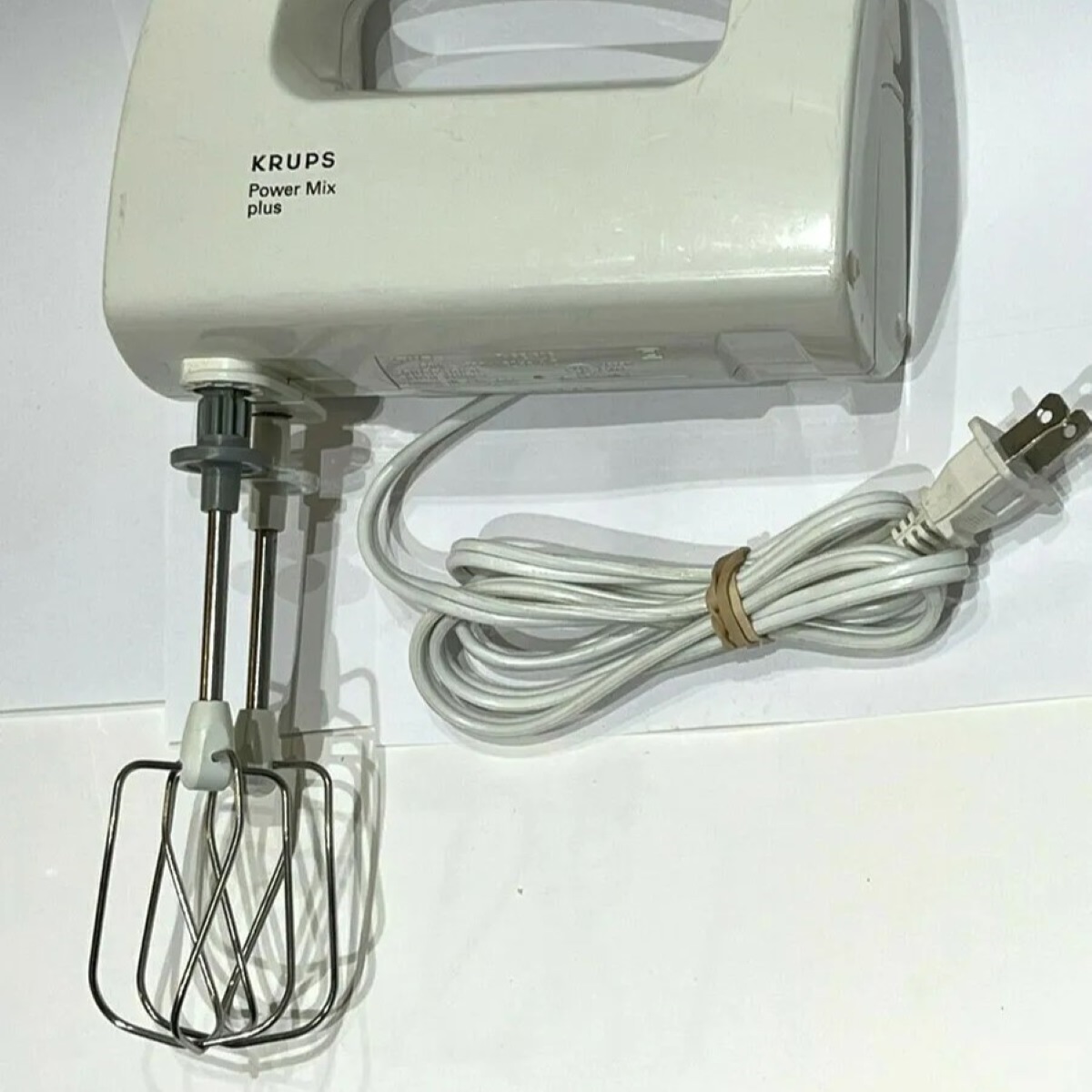
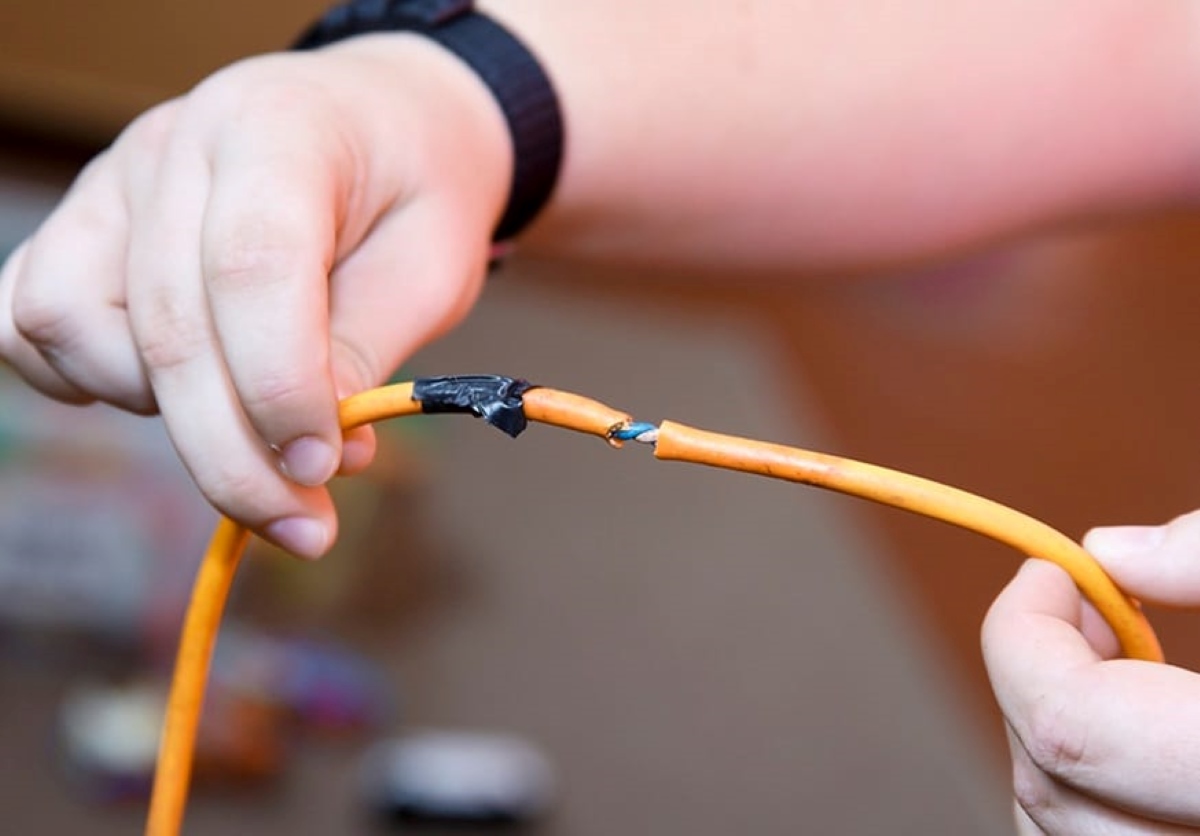
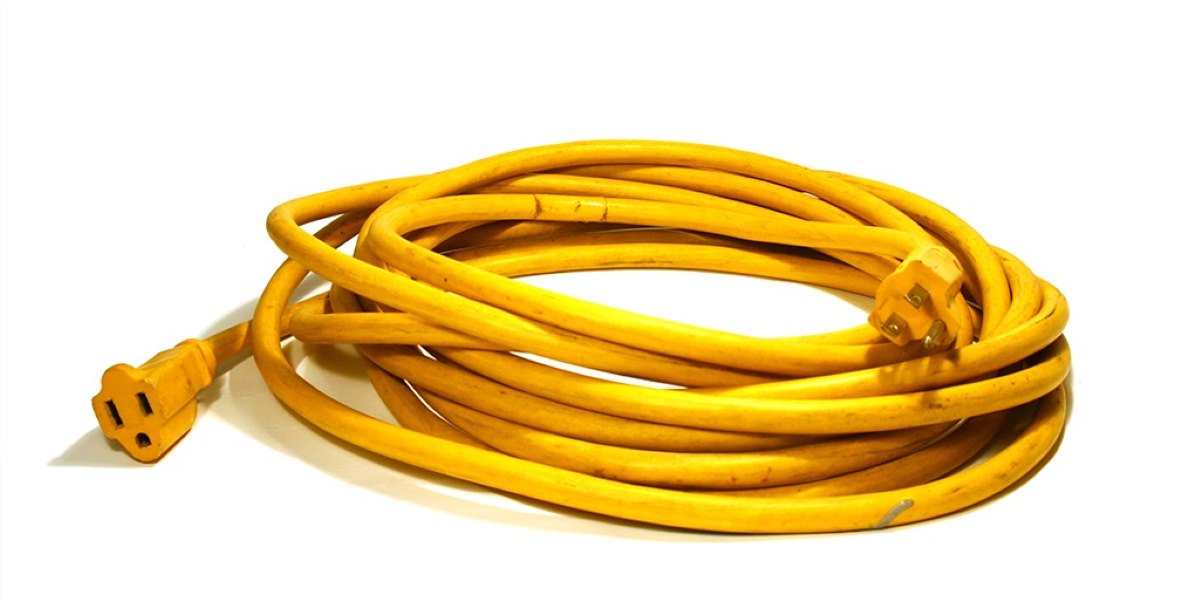
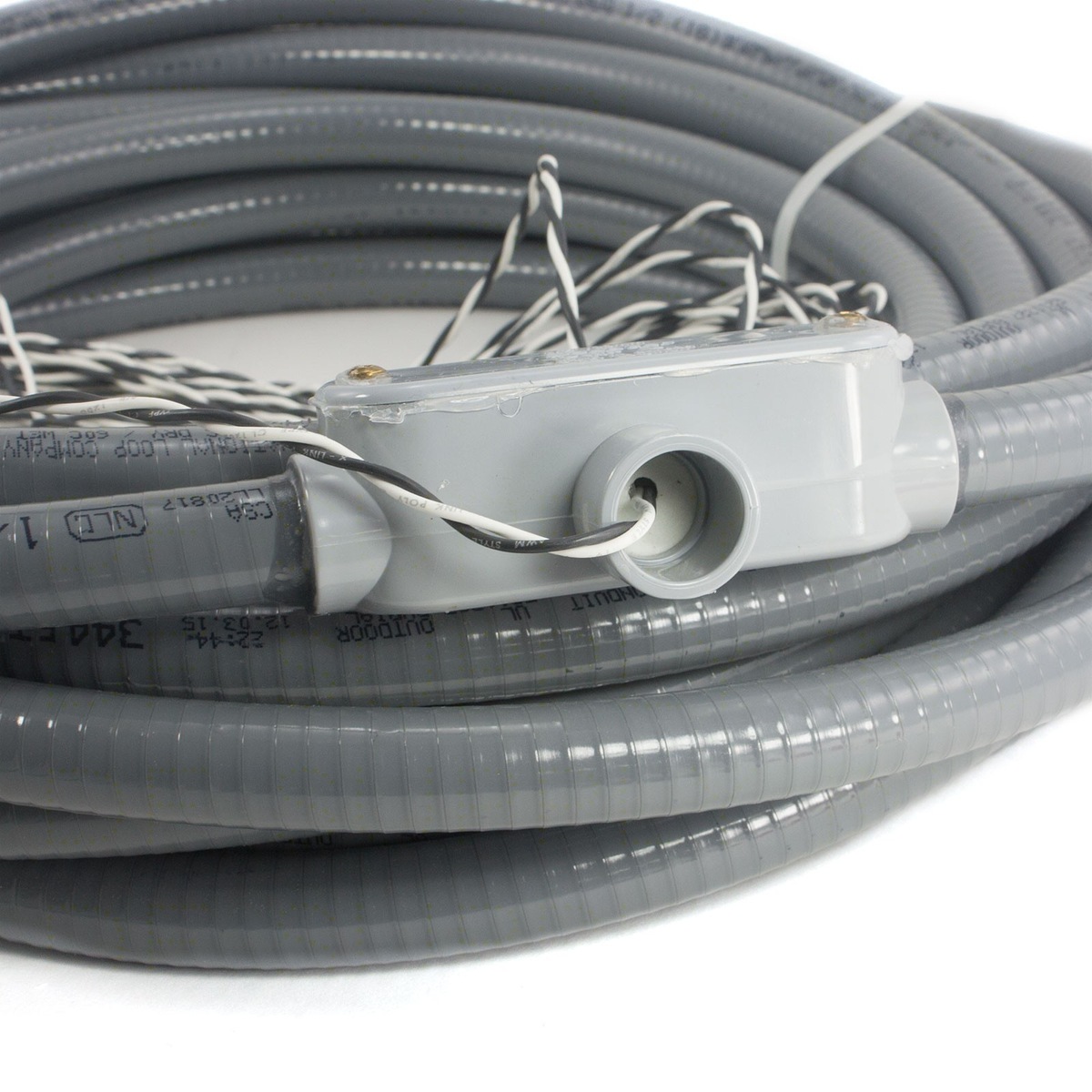
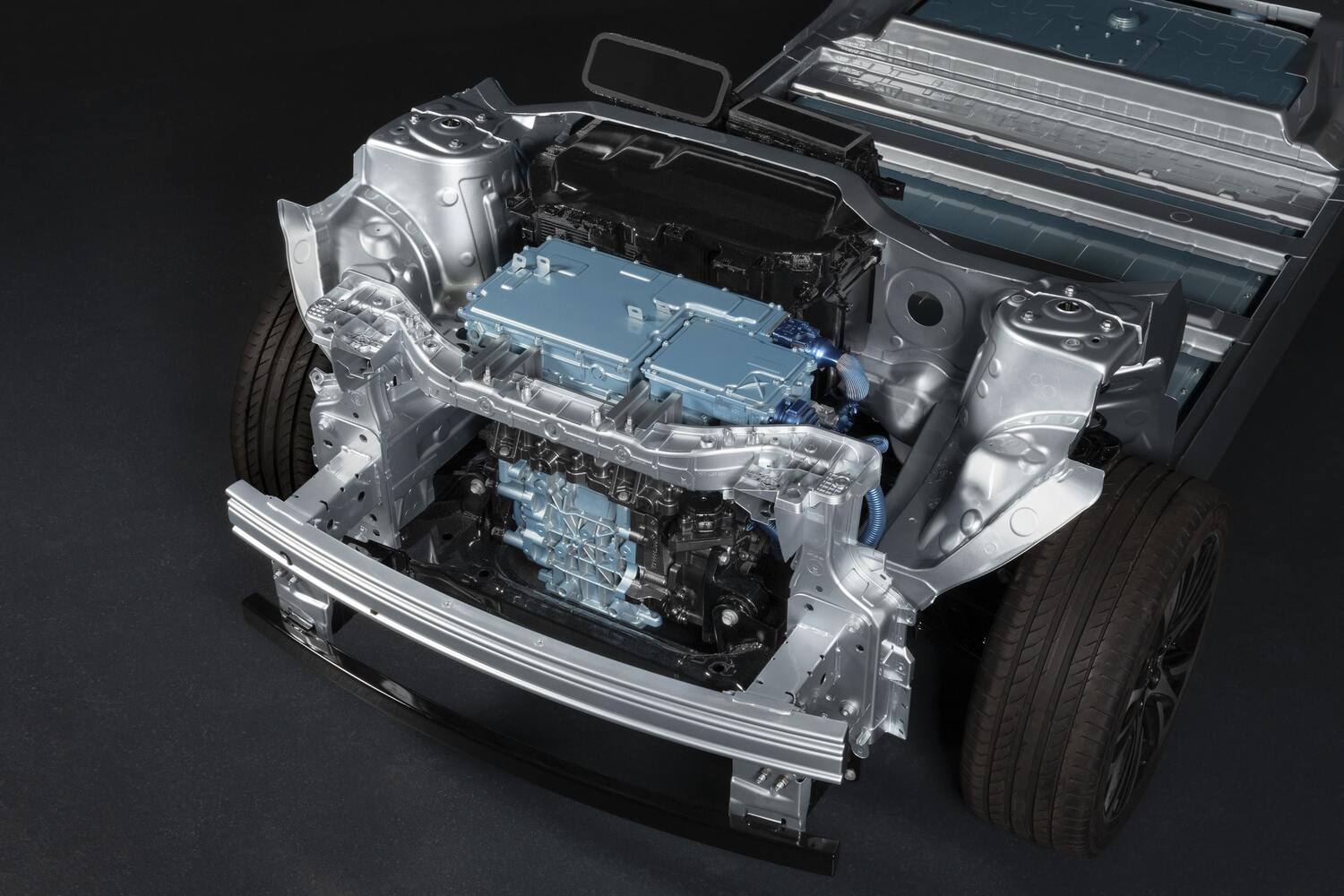

0 thoughts on “What Type Of Electrical Cord To Bury”